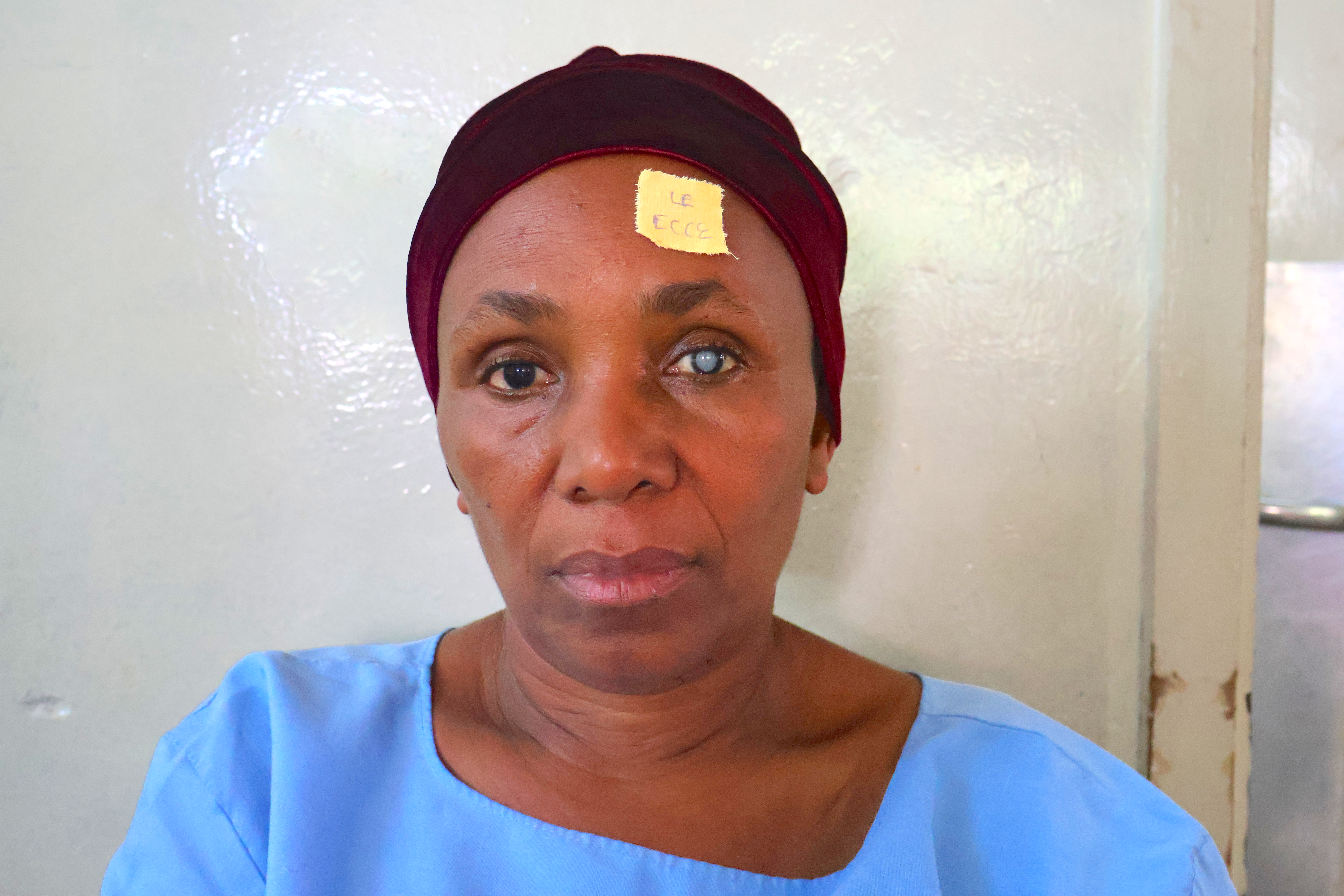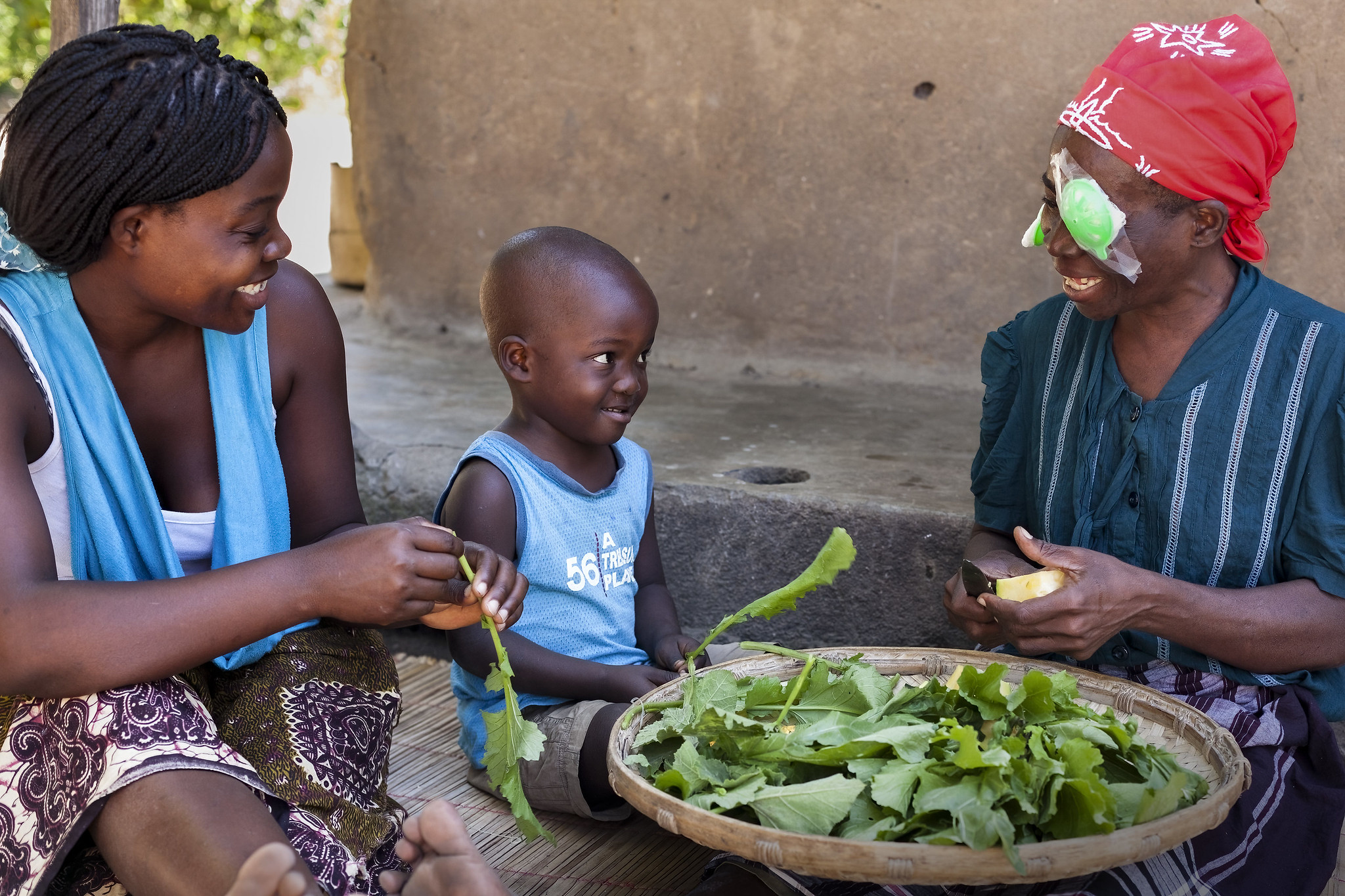Cataract Research Projects
Cataracts occur when the lens of the eye develops cloudy areas. Caused by the breakdown of proteins in the lens, cataracts can lead to sight loss and blindness, impairing daily activities, the ability to earn and reducing quality of life.
Fortunately, cataract operations are some of the most routine surgeries worldwide. However, the vast majority of those with untreated cataracts live in low and middle-income countries, and cannot easily access safe and high quality treatment.
The World Health Organisation has set a target for an increase of effective cataract surgical coverage by 30% by 2030. Our research is integral to the WHO’s efforts to monitor this.

Effective Cataract Surgical Coverage
Effective cataract surgical coverage (eCSC) measures the number of people in a population who have been operated on for cataract, and had a good outcome, as a proportion of all people operated on or requiring surgery. We are the main partners in tracking and modelling estimates of eCSC and CSC for monitoring towards WHO’s 2030 target.
Previous research

Cataract Impact Study
Although it is assumed that people with visual impairment are likely to experience poorer quality of life, there used to be little evidence of this from low-income countries. This study aimed to address this gap in knowledge and highlight the key benefits of cataract surgery in a population of older adults in low-income countries.
Cataract Research Projects
Cataracts occur when the lens of the eye develops cloudy areas. Caused by the breakdown of proteins in the lens, cataracts can lead to sight loss and blindness, impairing daily activities, the ability to earn and reducing quality of life.
Fortunately, cataract operations are some of the most routine surgeries worldwide. However, the vast majority of those with untreated cataracts live in low and middle-income countries, and cannot easily access safe and high quality treatment.
The World Health Organisation has set a target for an increase of effective cataract surgical coverage by 30% by 2030. Our research is integral to the WHO’s efforts to monitor this.
Effective Cataract Surgical Coverage
Effective cataract surgical coverage (eCSC) measures the number of people in a population who have been operated on for cataract, and had a good outcome, as a proportion of all people operated on or requiring surgery. We are main partners in tracking and modelling estimates of eCSC and CSC for monitoring towards WHO’s 2030 target.
Past research
Cataract Impact Study
Although it is assumed that people with visual impairment are likely to experience poorer quality of life, there used to be little evidence of this from low-income countries. This study aimed to address this gap in knowledge and highlight the key benefits of cataract surgery in a population of older adults in low-income countries.
